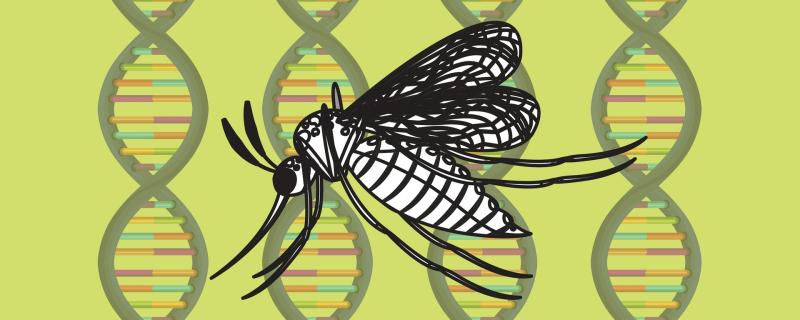Cloud computing has emerged as the preferred method for processing large amounts of data. It offers the luxury of processing all the data without owning large processors yourself, while the pay-as-you-use model, also allows for economical use of these resources. However, drawbacks such as latency in transferring the data and requirement of bandwidths have given rise to portable cloud computing devices, like Edge and Fog. Now, read about ECHO- a new software platform from IISc that allows you to build and customize applications for Internet of Things and Cyber Physical Systems.
आयआयटी मुंबईद्वारे विकसित नवीन डीप-लर्निंग फ्रेमवर्क SpADANet (स्पाडानेट) मर्यादित लेबल्स वापरूनही अनेक चक्रीवादळांमधील संरचनात्मक नुकसान अधिक अचूकपणे वर्गीकृत करू शकते.
Mumbai/







